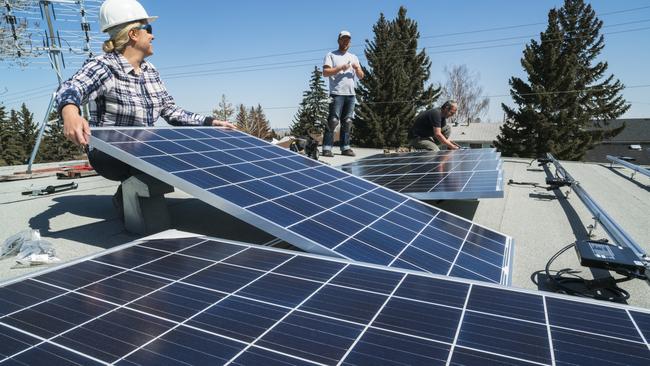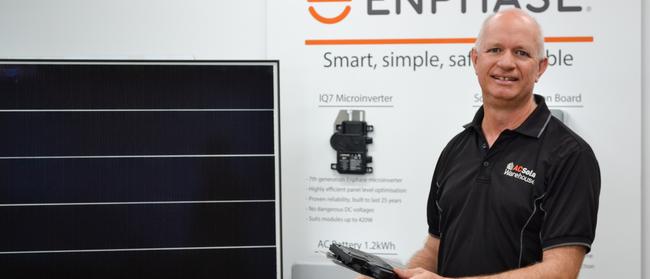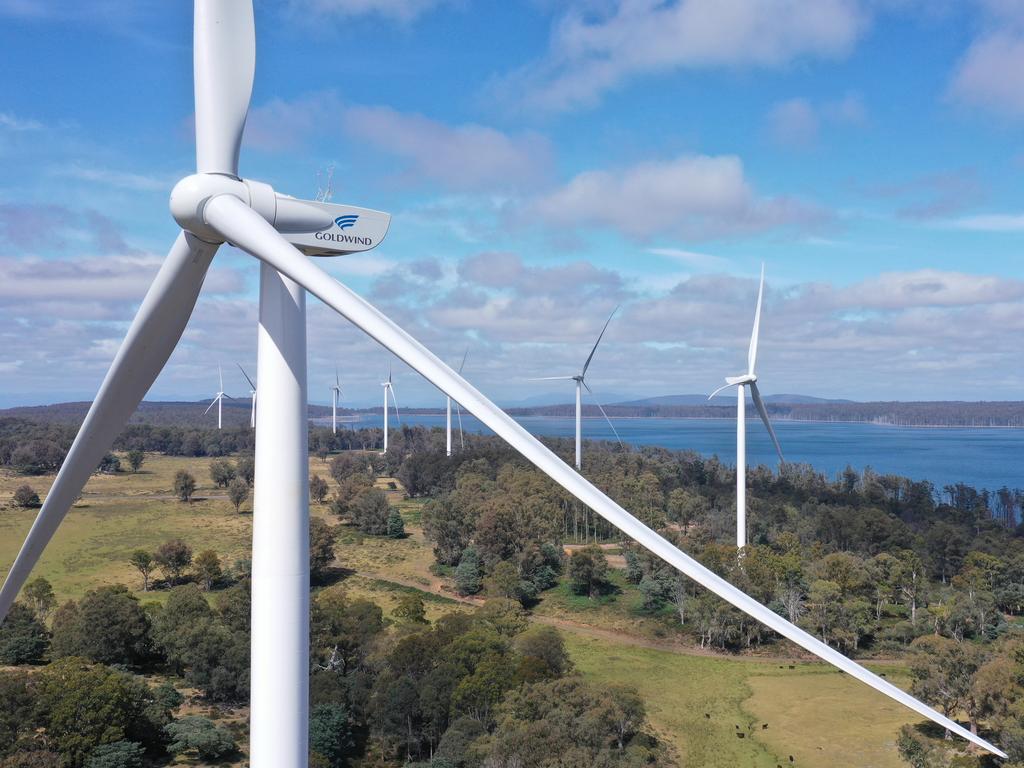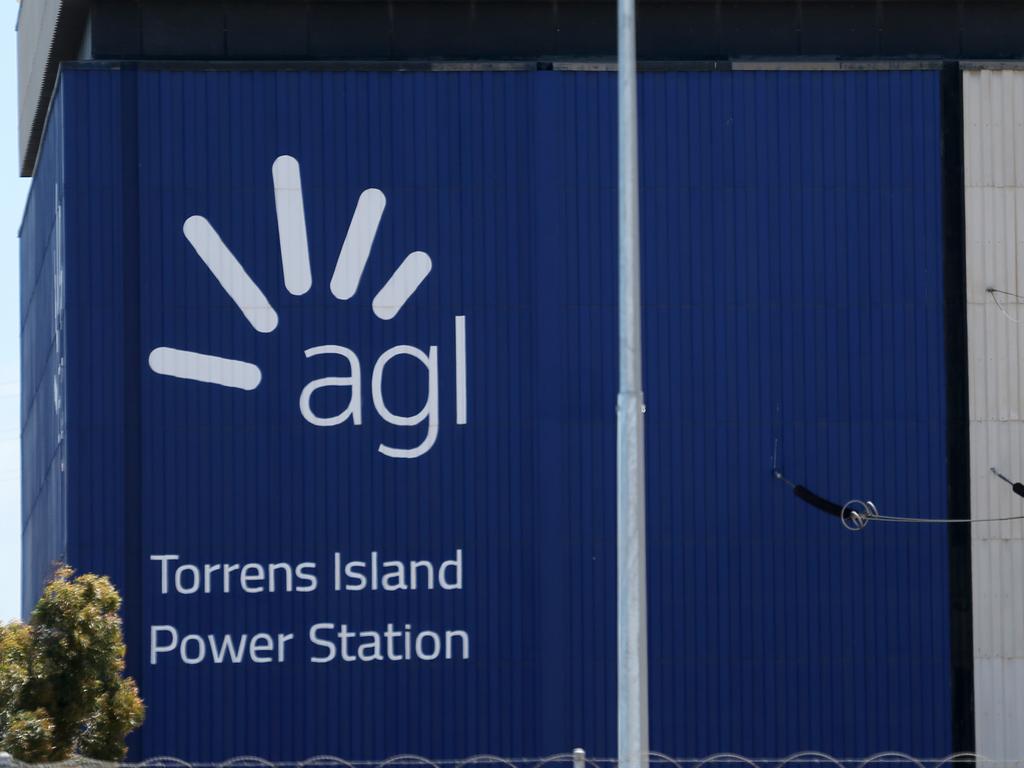The suburbs where COVID sparked solar demand
COVID-19 has further expanded the uptake of household solar power as people working from home and budget-conscious retirees seek to cut electricity costs.

COVID-19 has helped expand the uptake of household solar power across Australia as people working from home and retirees seek to cut electricity costs.
Melbourne’s northwestern suburbs along with seaside townships in Queensland emerged last year as the country’s top solar power hotspots in terms of number of new systems installed, according to data from global microinverter company Enphase Energy.
The Melbourne suburbs of Craigieburn, Donnybrook, Kalkallo, Mickleham and Roxburgh Park recorded 1665 new residential-sized solar systems in the first nine months of last year.
Sunshine Coast suburbs including Caloundra, Currimundi, Dicky Beach and Golden Beach saw 1301 installations in the same period.
Bundaberg, 300km north of Brisbane, took the honours as the town with the largest solar generation capacity in Queensland with a total energy output of 8730 KWh. That is enough energy to power about 460 average Australian homes.
Cairn-based AC Solar Warehouse managing director Grant Behrendorff said people working from home and budget-conscious retirees were particularly keen to install solar power as a way to reduce their electricity bills.
“COVID-19 has increased demand for household systems,” said Mr Behrendorff. “People are spending more time in their homes and focusing on their energy use.”

Mr Behrendorff said installations had soared by between 40 and 50 per cent last year, driven by the COVID-19 shutdown that saw people working and entertaining at home. Smaller solar systems installed about a decade ago are now being replaced by larger units.
“Our greatest challenge is making sure we keep up with demand,” he said. “The residential market is the strongest it has ever been. Areas such as the Sunshine Coast and Hervey Bay have always been pretty high on the list because they tend to have a lot of retirees.”
He now expected to see a fresh surge in sales from Victoria after its extended lockdown, replicating a “COVID premium” in demand in other parts of the country.
Mr Behrendorff said he expected to see more solar installations by businesses over the coming years as they catch up with the uptake by homeowners.
“The commercial sector has come in later than the residential sector but a lot of industries are now looking at solar,” he said.
An average Australian family home consumes 19 KWh per day, in financial terms around $2500 a year. However, large homes with pools and ducted reverse cycle airconditioning can easily use more than 50 KWh a day ($5500+ year).

TOP SOLAR POST CODES
1. 3064 (Northwest Melbourne)
2. 4551 (Sunshine Coast suburbs including Caloundra)
3. 4670 (Bundaberg)
4. 6122 (Tagney, Perth)
5. 2765 (Penrith)
Source: Enphase Energy.


